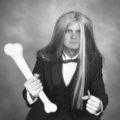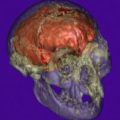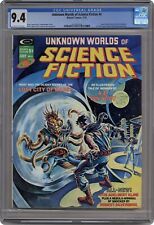
University of California scientists and researchers from Chonnam National University in South Korea have found that magnetic fluctuations appear to be responsible for superconductivity in a compound called plutonium-cobalt-pentagallium (PuCoGa5). The discovery of this “unconventional superconductivity” may lead scientists to a whole new class of superconducting materials and toward the goal of creating superconductors that operate at room-temperature. The research report, appearing in Nature, details how magnetic fluctuations, rather than interactions mediated by tiny vibrations in the underlying crystal structure, may be responsible for the electron pairing that produces superconductivity in this particular mixture of plutonium, cobalt and gallium.
Since the discovery at Los Alamos of PuCoGa5 roughly two years ago, the big question has been whether the compound was just another garden-variety superconductor (a s-wave superconductor), or an unconventional one that is mediated by magnetic fluctuations (a d-wave superconductor).
Scientists theorize that having found one unconventional superconductor like PuCoGa5, they may find more in the future. Making the research even more intriguing is the fact that plutonium is a base actinide material of the compound. This new class of magnetically mediated superconductors might encompass a broad range of materials, metals to oxides, and be the path toward superconductor science’s ultimate goal to someday synthesize a “room-temperature” superconductor that would be the basis for the dissipation-less flow of electric current through power lines, and for an even more efficient generation of computer semi-conductors.


















Comments are closed.